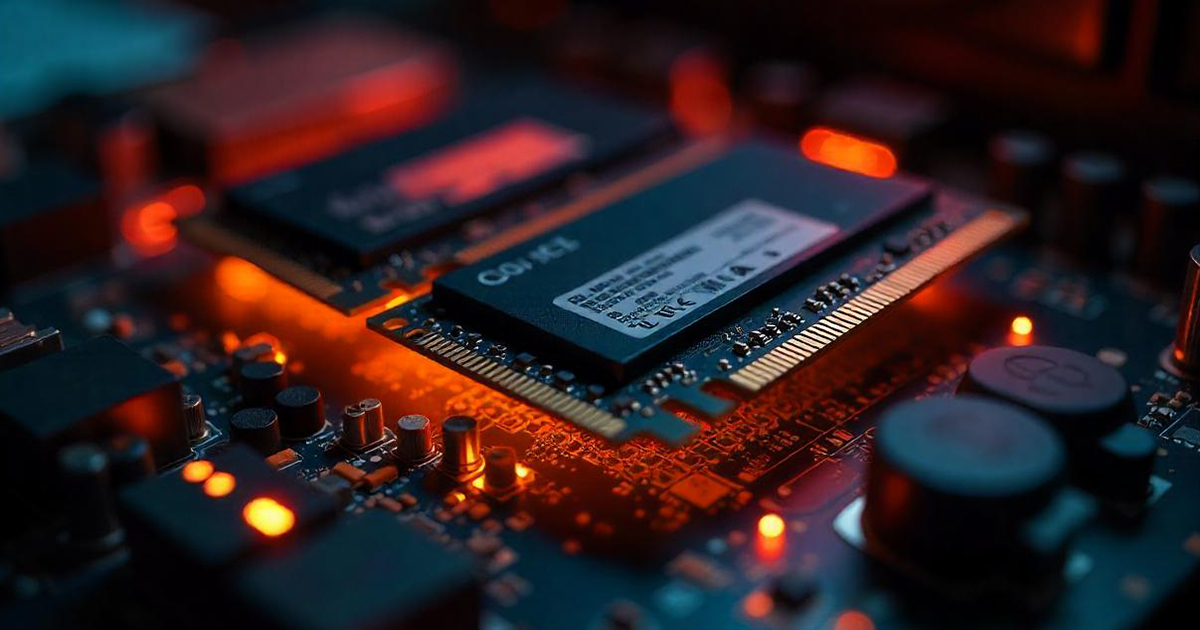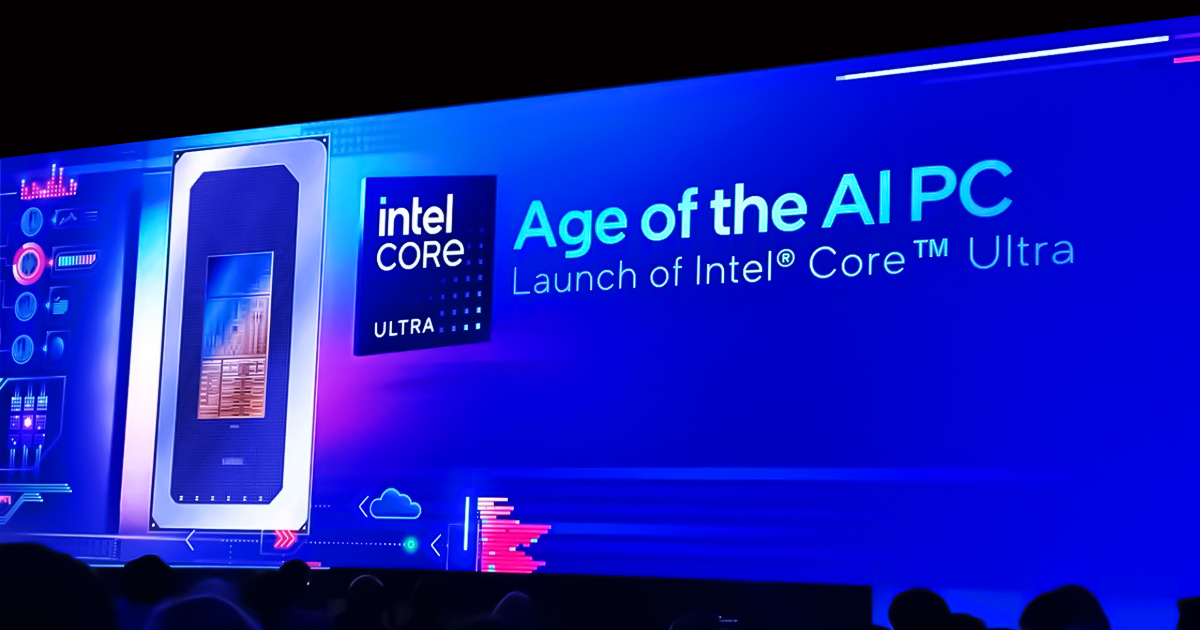 POSTED ON February 01, 2025 by Arup Ratan Paul
POSTED ON February 01, 2025 by Arup Ratan Paul The Rise of DeepSeek: A Story of Ambition, Innovation, and Disruption
In the bustling tech hub of Hangzhou, Zhejiang, a visionary named Liang Wenfeng founded a company in 2023 that would soon shake the foundations of the global AI industry. This company, DeepSeek, began as a bold idea backed by the hedge fund High-Flyer. Its mission? To push the boundaries of artificial general intelligence (AGI) and make cutting-edge AI accessible to everyone—academics, businesses, and everyday users alike.From its inception, DeepSeek had an ambitious goal: to create large language models (LLMs) that could rival—or even surpass—the performance of industry giants like OpenAI and Anthropic. But unlike its competitors, DeepSeek wanted to do it differently. It embraced an open-source philosophy, believing that transparency and collaboration were the keys to unlocking AI’s full potential.
The Birth of a Game-Changer: DeepSeek-V3
By late 2024, DeepSeek unveiled its crown jewel: DeepSeek-V3, an AI model boasting an astonishing 671 billion parameters. Training this behemoth was no small feat—it required processing 14.8 trillion tokens over 55 days at a cost of $5.58 million. Yet, DeepSeek managed to achieve what seemed impossible: outperforming models like Llama 3.1 and Qwen 2.5 while holding its own against GPT-4o and Claude 3.5 Sonnet.The secret to DeepSeek-V3’s success lay in its unique architecture—a "Mixture of Experts" design that activated only the necessary computational blocks for each task. This approach allowed it to deliver exceptional performance with far less computational power than traditional dense models like ChatGPT. The result? A model that was not only powerful but also cost-efficient—a true disruptor in the world of AI.
A New Challenger Emerges: DeepSeek-R1
Just as the world was catching its breath from DeepSeek-V3’s debut, the company launched another groundbreaking model in January 2025: DeepSeek-R1. This model wasn’t just about generating text or answering questions—it was designed for something deeper: logical reasoning, mathematical problem-solving, and real-time decision-making.Using advanced reinforcement learning techniques like Group Relative Policy Optimization (GRPO), R1 quickly became a favorite among developers tackling complex coding challenges or researchers solving intricate mathematical problems. It was clear that R1 wasn’t just competing with OpenAI’s latest offerings—it was redefining what AI could do.
The Open Door: Making AI Accessible
DeepSeek didn’t just stop at creating powerful models; it wanted to make them accessible to everyone. Through its official website and a dedicated app, users could freely access DeepSeek-V3 and explore its capabilities. This open-door policy stood in stark contrast to competitors like ChatGPT, which operated on freemium models with locked premium tiers.DeepSeek’s commitment to openness extended beyond accessibility—it made its models fully open-source under the MIT license. This meant anyone could use, modify, or build upon DeepSeek’s technology for both commercial and academic purposes. It was a bold move that invited collaboration but also raised questions about potential misuse.
A Disruptor in the Market
The ripple effects of DeepSeek’s innovations were felt far and wide. When news broke about the efficiency of DeepSeek-V3—trained on just 2,000 Nvidia H800 chips at a fraction of the cost of similar models—panic spread across the stock market. Nvidia’s market value plummeted by $600 billion as investors feared reduced demand for high-end GPUs. Though Nvidia’s stock eventually rebounded, the message was clear: DeepSeek had changed the game.But it wasn’t just about cost-efficiency—DeepSeek was challenging industry norms in other ways too. While proprietary models like ChatGPT kept their inner workings hidden, DeepSeek’s open-source approach fostered transparency and collaboration. This philosophy won it legions of fans but also sparked debates about data security and AI ethics.
Challenges on the Horizon
Despite its meteoric rise, DeepSeek faced its share of challenges. A cyberattack temporarily halted new user registrations, raising concerns about security vulnerabilities in its open-source ecosystem. Meanwhile, allegations surfaced that some of its advancements may have been built on proprietary data from competitors like OpenAI—a controversy that cast a shadow over its achievements.And then there were the ethical dilemmas. Operating within China meant that DeepSeek’s models were subject to government censorship on politically sensitive topics like Tiananmen Square or Uyghur persecution. While this censorship aligned with Chinese policies, it raised alarms globally about the potential misuse of AI for surveillance or propaganda.
The Global Impact
DeepSeek’s rise wasn’t just a story about one company—it was a reflection of shifting power dynamics in the global AI race. Some experts likened its success to a modern-day "Sputnik moment," signaling China’s growing influence in cutting-edge technology. With each new breakthrough, DeepSeek challenged Western tech giants and forced them to rethink their strategies.Yet as much as it disrupted the industry, DeepSeek also inspired hope. Its commitment to making powerful AI tools affordable and accessible resonated with developers, researchers, and businesses worldwide.
What Lies Ahead?
As of now, DeepSeek remains focused on research rather than commercialization—a rarity in an industry dominated by profit-driven players. But questions linger: Will it maintain its open-source ethos as it grows? How will it navigate ethical concerns and geopolitical tensions? And most importantly—what will it do next?One thing is certain: DeepSeek has already reshaped the AI landscape in profound ways. Its story is one of ambition and innovation but also one fraught with challenges and controversies. As we look to the future, DeepSeek stands as both a beacon of possibility and a reminder of the complexities that come with technological advancement.This is just the beginning for DeepSeek—a company whose journey will undoubtedly continue to captivate and challenge us all in the years ahead.
No Comments










Leave a comment